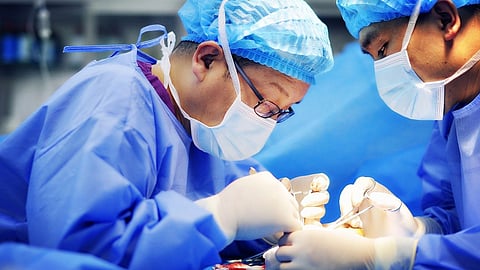Researchers at the Rubin Institute for Advanced Orthopedics at Sinai Hospital of Baltimore have found a possible relationship between receiving chemotherapy within a year of a total joint replacement surgery and an increased incidence of infection in the replaced joint.
The analysis of more than 17,000 patients showed that infections in surgically replaced joints were significantly higher for patients who had undergone subsequent chemotherapy within a year compared to those who had not. The findings are published this month in the Archives of Orthopaedic and Trauma Surgery.
“We became curious about the potential effects of postoperative chemotherapy and the risk of joint infection as we saw cases in our own joint replacement patients,” explains Janet Conway, M.D., lead author and orthopedic surgeon at the Rubin Institute for Advanced Orthopedics who is head of Bone and Joint Infection at Sinai Hospital.
She continues, “Early detection of infection is vital, as early intervention can spare patients from more invasive treatments, including the need for surgery to revise the joint replacement. Our research suggests that joint replacement patients who go on to have chemotherapy need to be aware of their potential risk for increased infection, so they can be vigilant for any signs of infection and see their orthopedic surgeon early if any develop.”


